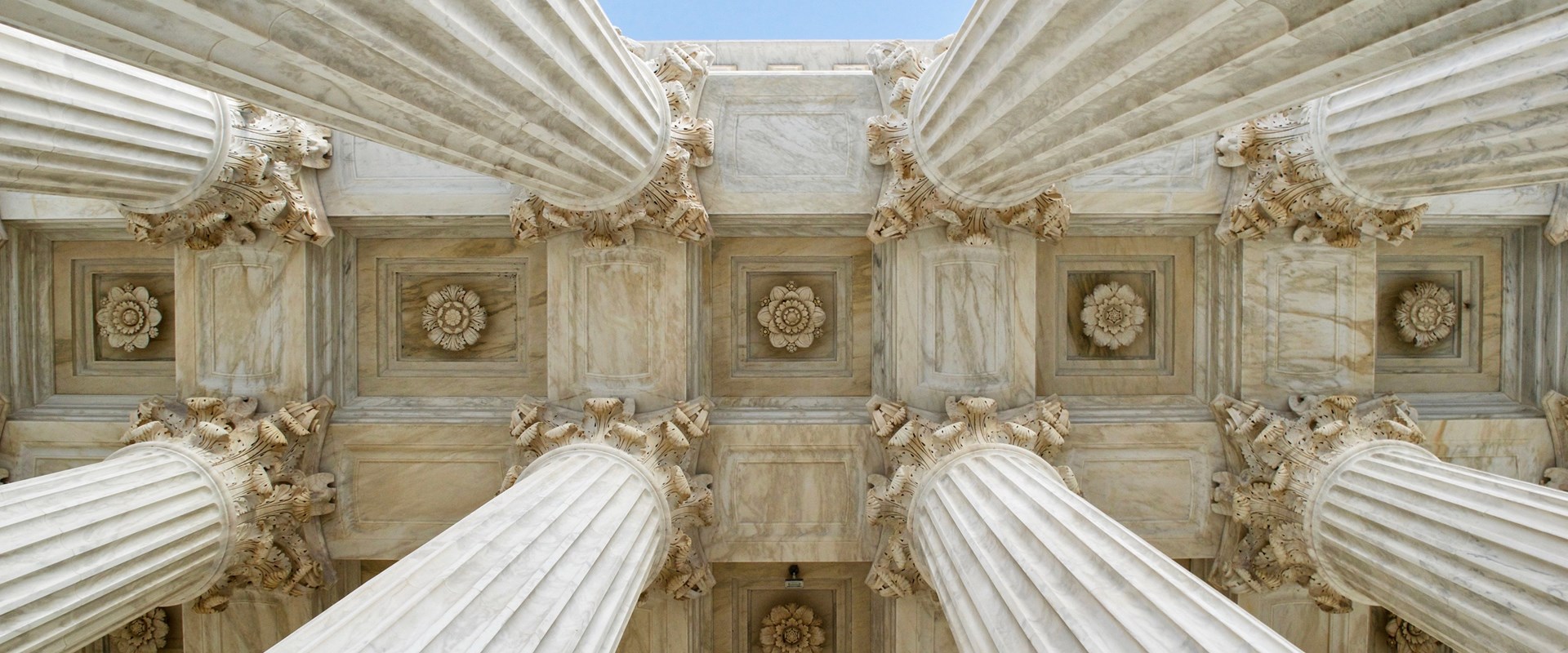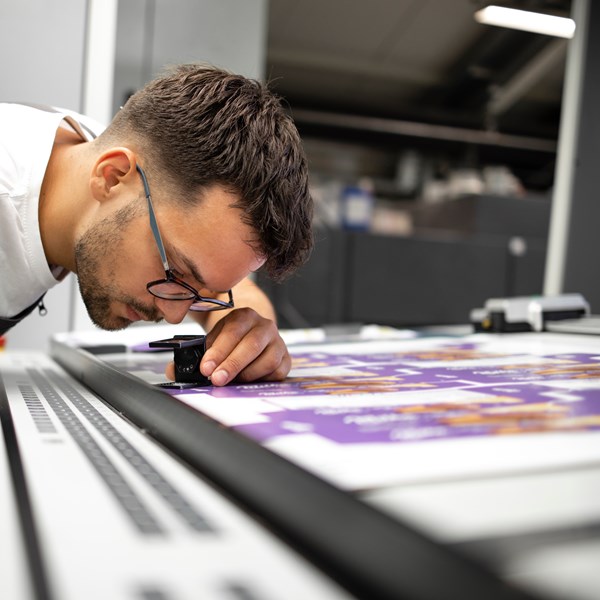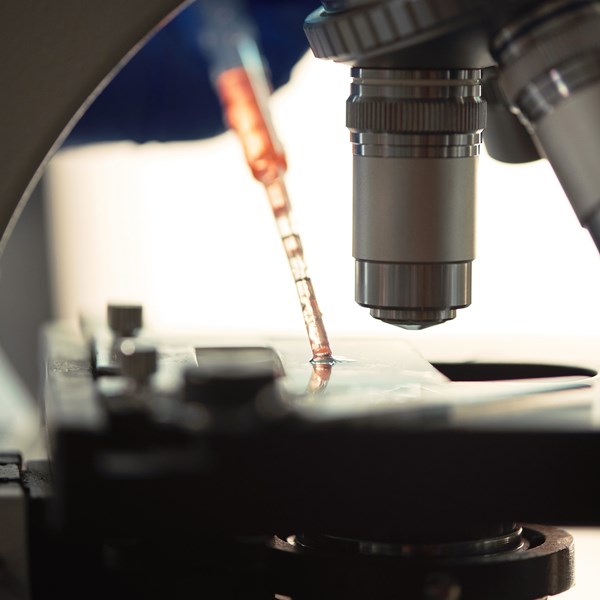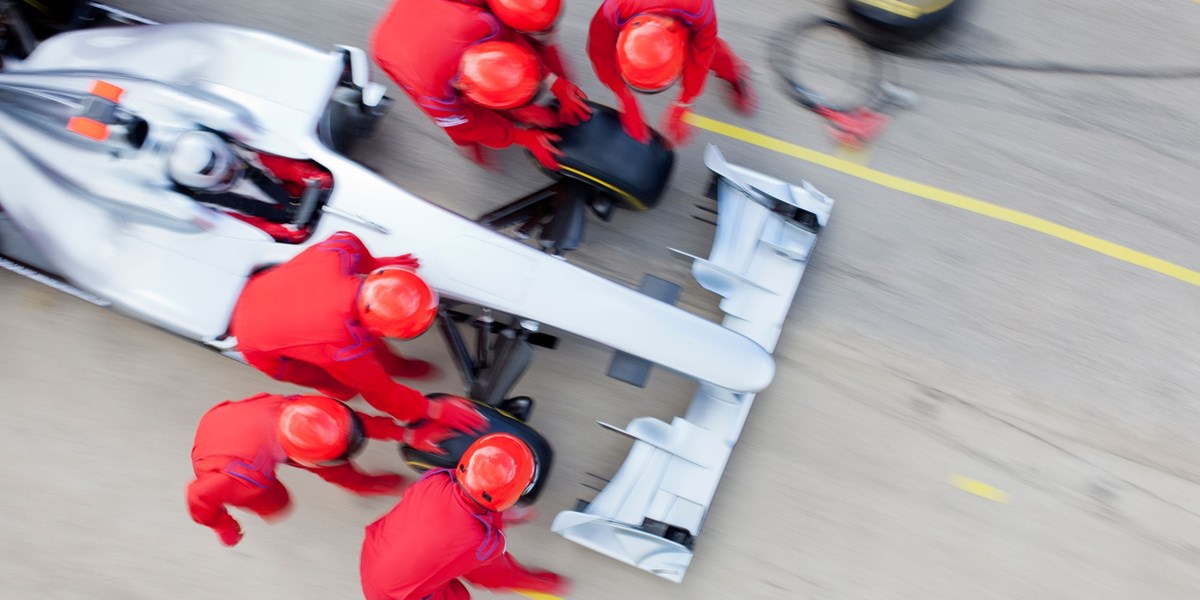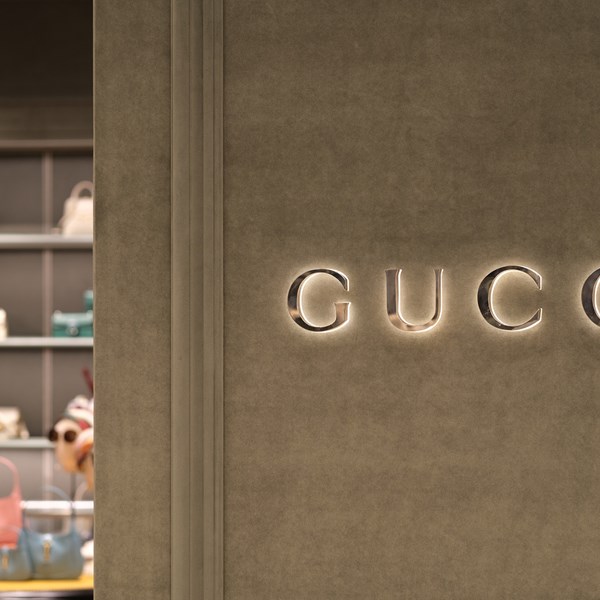This article was first published by Law360 and can be found here.
The Unified Patent Court, or UPC, undoubtedly represents the biggest shake up to the European patent system in modern history.
Although some businesses have taken a cautious approach toward opting out patents from the jurisdiction of this new and untested court system, the strategic importance of the UPC is becoming ever clearer - particularly for those seeking to centrally revoke European patents and unitary patents.
Companies can now develop even more sophisticated revocation strategies, with UPC actions being commenced either instead of or alongside European Patent Office, or EPO, oppositions, as well as national revocation proceedings.
This article touches on our experience so far in handling revocation actions for clients before the UPC.
While the UPC case management system, or CMS, has faced some inevitable teething issues since its launch on June 1, the UPC proves to be an efficient forum in which to litigate, with some of the best patent litigators and technical minds from across Europe coming together to decide cases.
The article also comments on some of the strategic and commercial considerations relevant when deciding on whether to pursue UPC revocation proceedings.
BACKGROUND
After many years of deliberation, the UPC agreement - the legal basis for the UPC - was signed as an intergovernmental treaty in February 2013.
It took another 10 years of politically charged negotiations, legal challenges and delays until the UPC eventually came into effect on June 1.
There are currently 17 participating states that include Germany, France and Italy, but notably now excludes the U.K. following Brexit.
The UPC allows businesses from around the world to enforce or centrally revoke, as a standalone claim or as a counterclaim to infringement, European patents or unitary patents across most of Europe and under a procedure specifically designed for patents.
After a European patent is granted, patent proprietors can now request unitary effect, such patents then being labelled "unitary patents," offering uniform patent protection across all contracting member states.
The UPC system is designed with horizontal and vertical divisions of competencies, covering central, local and regional divisions.
The UPC Central Division is split among seats in Paris, Munich and Milan, each covering different technical subject matters.
For example, the Paris seat covers mainly electronics cases, with the Munich seat allocated for, among others, chemistry and metallurgy, and Milan covering human necessities, including pharmaceuticals.
As has been well documented, some patentees erred on the side of caution in opting out their most valuable European patents or those most vulnerable to being attacked during the so-called sunrise period between March 1 and May 31 before the UPC commenced.
This is in part because of the risks faced by Europeanwide revocation of patents, but also due to the unknowns presented by this new forum, which operates under an untested procedure.
Around 465,000 patents and patent applications were opted out during this period, increasing to around 550,000 by mid-July - nearly one-third of all European patents and applications.
Note that those that chose or intend to opt out after June 1 risk their patents becoming stuck in the UPC if a third party seeks to revoke it beforehand.
Importantly, however, over 1 million patents and applications remain firmly within the jurisdiction of the UPC, with some companies - particularly in the pharmaceutical field - relishing the opportunity to litigate in this important and innovative forum, and to ultimately help shape a new body of case law.
There is also the option to opt in patents - in other words, to withdraw opt-outs - at a later stage in order, for example, to take pan-European infringement action.
FILING STATISTICS
While 19 actions were filed with the UPC on June 1, there was not the flurry of filings that many anticipated in the following weeks.
By the end of July, it was reported that 22 infringement actions and four revocation actions were filed along with two applications for protective measures.
Although there have been problems accessing reliable data from the UPC's CMS - with a reported time lag between filings and recordal of such cases on the public register - filings appear to have risen considerably over the last month - as of Aug. 29, there are 44 pending proceedings, made up of:
- 36 infringement actions;
- Six revocation actions; and
- Two applications for protective measures.
This data also indicates that much of the early case law will be developed by those operating in the life sciences sector, with nearly all revocation actions filed so far having been filed by those in the field.
WHY SHOULD UPC REVOCATION ACTIONS BE FACTORED INTO LITIGANTS' PATENT STRATEGIES?
The UPC judges are generally expected to take a patentee-friendly approach when deciding cases, so it will be interesting to see how they handle enforcement actions in contrast to revocation actions.
Equally, however, as a judge-led forum with the potential for cross-examination of expert witnesses, patents and any expert evidence that supports their validity are perhaps more likely to be heavily scrutinized in the UPC compared to in an EPO opposition.
Strategically, the UPC operates as a further or alternative forum in which European patents that have not been opted out can be centrally revoked across Europe, but within a shorter time frame - 12–14 months to trial - than typically experienced in respect of EPO oppositions - typically 18 months - to obtain an outcome.
Importantly, where an opposition may have been unsuccessful on substantive or procedural grounds, or was simply not filed within the opposition window, a UPC revocation action represents a further opportunity to attack patents at any time that may be standing in the way of your commercial plans. For example, those identified in freedom-to-operate exercises.
In some cases, the ability to knock out a competitor's patent can be business-critical, and therefore the UPC should be seen as another avenue of attack.
Filing a further UPC action in parallel to a pending opposition may also apply insurmountable pressure on patentees, ultimately resulting in a favorable settlement.
Some businesses may have concerns about the costs of litigating in the UPC in comparison to pursuing an EPO opposition - the latter typically being cheaper.
The UPC, however, promises to provide a speedier outcome.
Taking into account the paper-based nature of UPC proceedings, it is conceivable that a streamlined UPC action, e.g., with limited evidence submitted, could be run at a similar overall cost to some high-stakes EPO oppositions without factoring in appeals. This should therefore be explored further with clients, rather than simply ruling out UPC revocation actions on the basis of costs.
It is also worth noting that, despite some differences, many features of the EPO opposition procedure are similar to those applicable to UPC revocation actions, with facts and evidence generally being filed at the initial pleadings stage.
Substantively, UPC revocation proceedings will often be closely aligned with opposition proceedings, both being governed by the European Patent Convention and covering all grounds of revocation - except that, under the UPC procedure, grounds include entitlement and national prior rights.
Appeals in both forums can be based on facts and law. This should therefore provide an element of certainty and comfort for businesses who are very familiar with EPO oppositions, with there also being potential cost savings where similar arguments are run in both forums.
OUR EXPERIENCES SO FAR IN RUNNING UPC REVOCATION ACTIONS
The matters we are currently handling in the UPC are at early stages, with the patentees' defenses currently awaited.
Despite this, there have been various procedural rules interpreted and tested, applications made and learning points arising. This has included navigating the various service routes set out in the rules of procedure and dealing with file inspection request applications from third parties.
In contrast to U.K. and EPO proceedings, parties are also required to assess and state, when filing an action on the CMS, what they perceive the valuation of the claim to be, against which caps on recoverable legal costs are calculated as set out in the Administrative Committee's guidelines.
This can be a difficult exercise in the context of a revocation claim, and at such an early stage in the proceedings, and requires careful assessment in accordance with the UPC Administrative Committee's guidelines.
While the UPC is designed to be a front-loaded procedure, we have welcomed the flexibility afforded under the rules of procedure in allowing expert evidence to be submitted at a later stage where appropriate. This is particularly helpful bearing in mind the importance of filing a claim as soon as possible, given the risk of a patent being opted out at any time and with preparation of expert evidence often taking several months.
While not utilized in the cases we are running, the rule permitting parties to remedy any deficiencies in their pleadings within 14 days of being notified by the UPC is also a practical solution, particularly as parties get to grips with interpreting the new set of procedural rules.
Lawyers who are using and relying on the CMS to handle their clients' cases have experienced some practical issues.
Most notable is the restriction on litigation teams having access to the CMS file, as would ordinarily be permitted in national actions, or at least in the U.K.
Allowing only the individual appointed UPC representative to log into the CMS and access new documents and correspondence uploaded becomes particularly impracticable where such representative may be out of the office.
It has also been observed that such restricted access to the CMS case file is contradictory to the provision in the rules of procedure under which third parties are potentially permitted, upon request, access to the same.
There is also a general lack of clarity as to how to lodge correspondence with the UPC in circumstances where you are not seeking to make or reply to an application or request under any procedural rule.
In our case, simply to respond to an erroneous automated email received from the court. We and other lawyers, based on online commentary, hope these practical points will soon be addressed.
Overall, however, we have found that the judge-rapporteur has taken a methodical but pragmatic approach when dealing with issues, while being very responsive to any applications and requests.
We therefore expect that this will likely only continue as and when matters proceed toward the interim procedure case management stage and ultimately to trial.
WHAT DOES THE FUTURE HOLD FOR UPC REVOCATION ACTIONS?
The UPC seems to be gaining momentum, following an initial period of nervousness surrounding the new forum and procedure.
More businesses may be starting to realize the value of launching UPC revocation actions in parallel to pending EPO oppositions, or as an attractive alternative route to knocking out patents across Europe.
As confidence continues to grow in the new system, we expect that some parties will withdraw opt-outs for some European patents.
Parties keeping a close eye on competitors' patents should consider checking the opt-out status in respect of any patents, which it may ultimately seek to revoke.
The UPC judges are some of the most distinguished legal and technical personnel in Europe, with 21 further technically qualified judges having been appointed just this month.
Therefore, we expect nothing short of well-reasoned validity analysis, with those judges applying valuable insights from their national practice.
Moreover, English has now become the main language of the UPC - with the French,
German and Italian local divisions hearing cases in English, as well as in their own local languages - which, for multinational companies, may ultimately be a factor in favour of launching UPC proceedings.
We are therefore hopeful that the UPC will soon become central to the patent strategies of businesses across the world, tailored of course to their commercial objectives.
